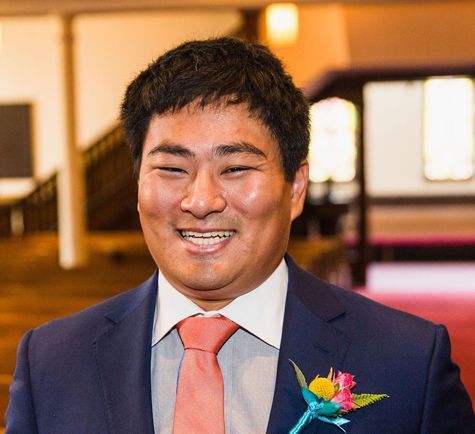Early Career Scientist Spotlight
Dr. Kyle Helson (he/him/his)
Observational Cosmologist
Observational Cosmology Laboratory (665)
What inspired you to pursue a career in Cosmology?
I always loved math and science as a kid. Once I got to high school and took physics and calculus, I was pretty sure I wanted to study physics in college. I also always loved space and wanted to be an astronaut (I still do…) so doing cosmology research was a natural fit. I began my research life as an undergraduate student, working in a lab the summer after my sophomore year. Before then I was considering going to medical school, but getting to do real research in a lab is what motivated me to go to grad school and get a PhD.
What is your research focus?
My research is broadly focused on measurements of the Cosmic Microwave Background (CMB) and other far infrared and millimeter-wave astrophysical or cosmological targets. The CMB is light left over from the very early Universe, emitted about 350,000 years after the Big Bang. The CMB is the oldest light in the Universe we can measure. Measuring its properties tells us a lot about what the Universe was like then, and also what happened in the Universe while the light traveled from then to reach us now. More specifically, I primarily work on instrumentation and detector technology for current and future microwave and far infrared telescopes. Goddard has a long history of building state-of-the-art Transition Edge Sensor (TES) bolometers, which have become the staple detector technology for modern CMB measurements. Some of my time is spent characterizing these detectors for deployment in the Cosmology Large Angular Scale Surveyor (CLASS) telescopes.
In a somewhat large departure from cosmology, some of my other work is focused on a new balloon-borne telescope called the EXoplanet Climate Infrared TElescope (EXCITE). EXCITE will measure phase curves of exoplanets from a long duration balloon flight from the Antarctic. We are in the early stages of instrument design and construction. EXCITE is a big shift in both science as well as detector and measurement techniques and I am keen to learn a lot from this new field.
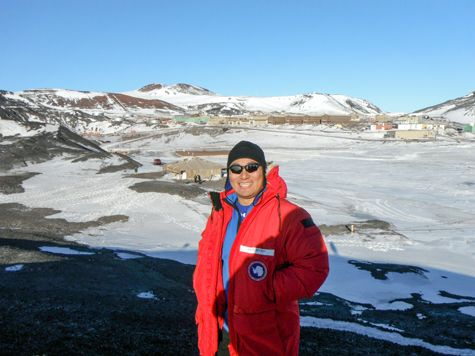
Credit: Asad Aboobaker
What aspects of your work are you most passionate about?
I really like solving interesting problems and answering big questions about physics and the Universe. I also like that my work involves a lot of different skills and not just one fixed method all of the time.
What skills are most useful to you in your work, and where did you develop those skills?
In contrast to a lot of the more “traditional” astrophysics fields, I do not primarily work on the reduction and analysis of large datasets or observations from big observatories. My day-to-day work involves electronics, laboratory instrumentation, mechanical design/fabrication/assembly, as well as computer programming and control of testbeds. Eventually we do analyze data but the on-sky data is all taken with instruments that we helped to build, design, test, and deploy.
I developed these skills in a mix of ways. I’ve always been drawn to “working with my hands” and as a kid I liked to take things apart and see how they work. Growing up, my dad was always very “handy” and would often teach me how to use tools and repair things around the house. In college and grad school, I really enjoyed the advanced lab classes, and these provided more focused opportunities to develop my lab skills. I also, of course, really honed these skills working as an undergraduate research assistant and as a graduate student. I still think I’m working on these skills today, even as an early-career researcher.
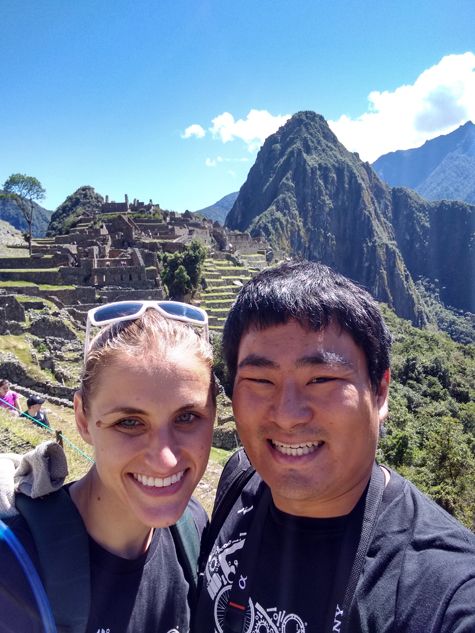
Credit: Kyle Helson
Tell us about one project that has been particularly impactful in your field.
When I was a graduate student, I worked on a balloon-borne telescope project called EBEX. EBEX was a CMB polarization mission, that flew on a long duration balloon flight from Antarctica. We were the first collaboration to deploy thousands of TES bolometers, as well as a continuously rotating half-wave plate on a balloon platform. TES bolometers have yet to fly on a CMB mission on a satellite platform, but EBEX provided a significant jump in NASA Technology Readiness Level (TRL) to pave the way for a future CMB satellite to use TES bolometers.
What is a fun fact about you?
Outside of my time at NASA, I am a competitive elite track cyclist. I race at the highest levels of amateur competition in the US. I have multiple top-15 placements at track cycling national championships and have competed against several Olympians at domestic internationals events in the US.
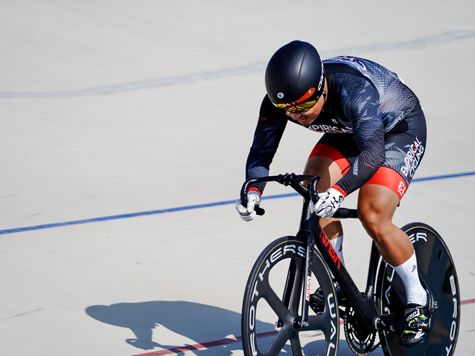
Credit: Max Pratt
What are your future research interests and goals?
In the near-, and also long-term, I am excited for the Decadal Review to come out. I am hoping that a large CMB satellite mission is put forth, and that I can play a role in that mission at Goddard. Being a part of a big satellite mission is one big reason why people want to work in the sciences at Goddard, so I hope that comes to fruition.
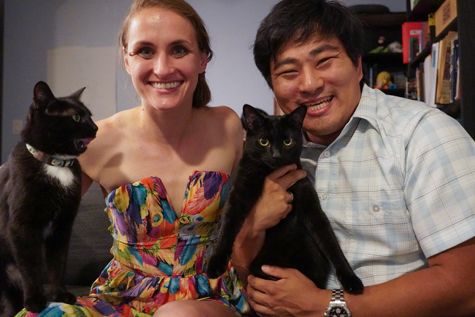
Credit: Kyle Helson
Biography
Home Town:
West Bloomfield, Michigan
Undergraduate Degree:
BS in Physics, Case Western Reserve University, Cleveland, Ohio USA
Post-graduate Degrees:
PhD in Physics, Brown University, Providence, RI USA
